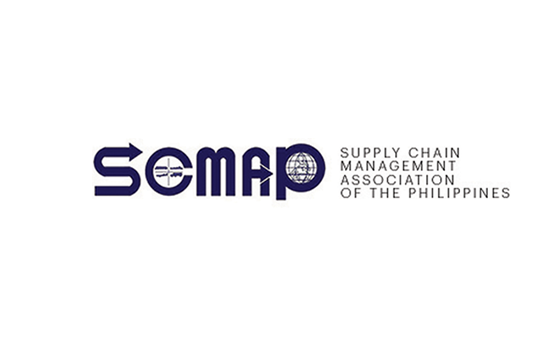Whenever I wrote about supply chain—whether it be for this column, for SCMAP’s magazine Supply Chain Philippines, or elsewhere—I lately tend to avoid referring to the “supply chain industry”. Call me a perfectionist, but I think the term implies that there’s only one set of companies that handle everything related to supply chain—and that is far from the truth.
When we talk about what we should do to improve our supply chains, it helps to understand how we have reached this point—how the term “supply chain” came about, and evolved, throughout the years. Sixty years ago the functions that we now see as part of supply chain —planning, procurement, production, warehousing, transport and customer service—were seen as separate concerns, never to interact unless absolutely needed.
Only in the intervening decades would these functions be integrated and consolidated as companies trimmed the fat and sought to increase efficiencies and streamline processes. Thus, the rise of the materials management (fusing together planning and procurement) and physical distribution (fusing together warehousing and transport) functions, and later, the merger of those two into what we now know as logistics.
The rise of “supply chain” only emerged in the 1990s, as companies began to appreciate the need to coordinate and collaborate with all players involved in the production, distribution and consumption of a certain product —suppliers, manufacturers, retailers, logistics providers, and everyone else in between. The goal is to ensure that, across the chain, costs are kept at an optimal level while product and service quality remains high.
(At this point I’d like to profess that I based the last few paragraphs on Ike Castillo’s excellent book SCM101: A Hundred and One Thoughts About Supply Chain Management. It’s been handy.)
So, when you talk about a “supply chain industry”, it actually covers a lot of other industries: suppliers such as agriculture and mining; manufacturers of everything from pharmaceuticals to consumer goods to furniture; the logistics industry, which you can further break down into shipping, warehousing, transportation, or as is increasingly common, any combination of these three and others; retailers, from wholesalers to supermarkets to convenience stores; and lately, suppliers of the equipment and technology enabling all of these aspects. In other words, it covers everything.
Yes, there is still a place for the supply chain manager. In its essence, his role is to become a marshal, looking at the greater picture—from one end of his supply chain to the other—and understanding what can, and must, be done to keep costs optimal and quality high. They make sense of every factor that can affect their products—where do I source my raw materials? where do I build my facilities? how do I best distribute my finished products?—and offer his input with the goal of both keeping the company competitive, and ensuring they bring value to both the company and the customer. This is the same whether you are in a multinational company or an entrepreneur starting up at home.
Supply chain may be multifaceted, but it all boils down to value. How can your products bring value to both your bosses, your colleagues, your customers, and ideally, everybody else in between?
It sounds daunting, I will admit. But the key to wrapping your head around the complexities of supply chain can be found in its history. Supply chain emerged as companies understood that, to keep costs, product quality and service levels at an optimal level, there must be collaboration among all players. The answer is in collaboration. Easy to say, but harder to do, especially in an environment where we cling on to our silo mindset, carving out fiefdoms out of our departments, insisting it be our way and nobody else’s. But then, the best businesses are one step ahead of what their customers want—and that thinking holds us back.
So, in a nutshell: Supply chain is business. The best way to do business is to understand, collaborate and engage with the people that make the business run.
One more thing: if supply chain is all business, then what are we here for? I’d like to think SCMAP is here to bring together the marshals that see the whole supply chain from end to end, and the players across that chain that keep things moving. The goal is to bring about understanding. With understanding comes ideas that may just move the needle forward.
Upcoming events: SCMAP supports the Visayas and Mindanao Shipping Conference 2018, organized by PortCalls and Asia Customs and Trade, happening on August 2 in Cebu and August 3 in Davao. Our executive director, Norman Adriano, will be speaking at the Davao leg. We look forward to meeting you there.
Also, our other events: our next General Membership Meeting is on August 17 at the Discovery Suites in Pasig City; Sharpening the Supply Chain Practitioners is on August 24 at the Maayo Hotel in Mandaue City; and the 2018 SCMAP Supply Chain Conference on October 2-3 at the EDSA Shangri-la in Mandaluyong City. Information on becoming a sponsor or delegate is available on our website, scmap.org.
Henrik Batallones is the marketing and communications executive of SCMAP. A former board director, he is also editor-in-chief of the organization’s official publication, Supply Chain Philippines. More information about SCMAP is available at scmap.org.





